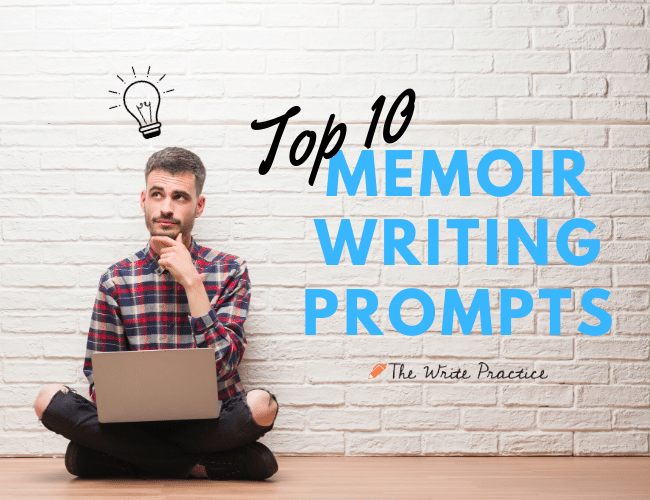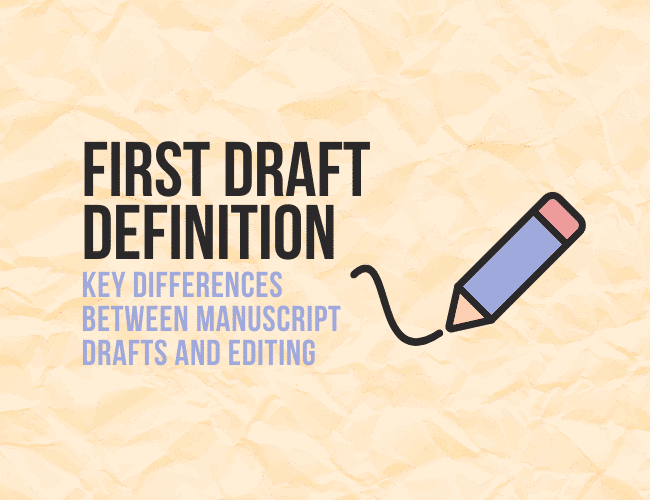Every writer embarks on a journey—a quest to capture ideas, refine them into stories, and share them with the world. Yet, many struggle with foundational aspects of storytelling: selecting the right point of view, understanding draft evolution, and tailoring genre-specific elements. Whether you’re scribbling down your first draft or perfecting a memoir, knowing these core components can elevate your work and connect with your readers. Here’s a comprehensive guide that blends lessons on point of view with insights into drafting and genre mastery.

The Power and Pitfalls of Point of View
One of the most common stumbling blocks for emerging writers is choosing a point of view (POV) that feels both authentic and consistent. In essence, POV is the lens through which your story is experienced. It affects not only how readers perceive events but also the degree of intimacy and trust they develop with your characters.
First Person: When you write in first person, you invite your readers directly into the protagonist’s thoughts and emotions. This approach creates an intimate, confessional tone. However, the danger lies in over-familiarity—too much subjectivity may limit your story’s scope or raise questions about reliability.
Second Person: A bold, rarely used narrative style, second person addresses the reader directly as “you.” This form can be engaging if executed skillfully, as it places the reader in the center of the action. Yet it may also feel gimmicky or intrusive if the narrative voice isn’t firmly established.
Third Person: The most common method, third person, offers a balance between intimacy and narrative distance. Whether you choose a limited approach that follows one character closely or an omniscient viewpoint that spans multiple perspectives, consistency is key. Inexperienced writers often fall into traps—switching POVs too readily or revealing thoughts that should remain private. Simple common-sense rules—maintaining consistency and understanding your chosen POV’s limitations—can help steer you clear of these pitfalls.
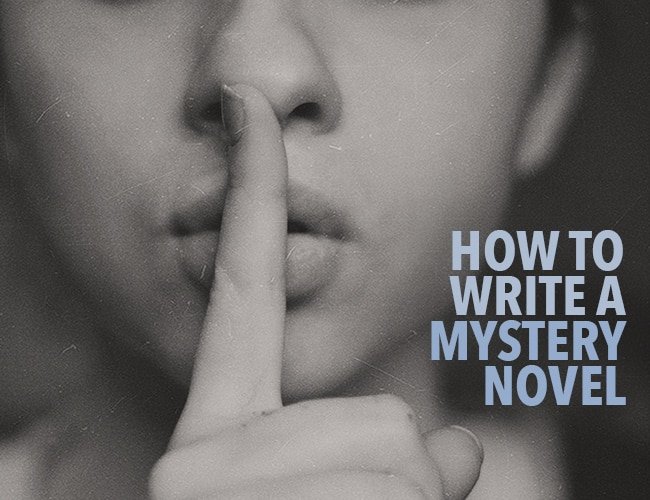
Crafting the Draft: From First to Final
The writing process is dynamic, and each draft serves a distinct purpose. The first draft is all about exploration—getting ideas on paper without worrying about perfection. It’s a raw, unedited document where your voice, however unrefined, begins its journey toward clarity.
First Draft: At this stage, you are discovering the essence of your story. Don’t shy away from messy passages, abrupt transitions, or even self-doubt. Remember, the first draft is as much about learning what your narrative can be as it is about documenting your thoughts.
Second Draft and Beyond: Once your initial ideas are captured, the subsequent drafts are where your work transforms. Whether you’re revising for structure, enhancing character development, or tightening dialogue, each round of edits refines your manuscript. This phase is also where professional editing can play a crucial role. A fresh pair of eyes—be it a professional editor or a trusted peer—can reveal blind spots, inconsistencies, and opportunities to deepen your narrative. Recognizing the difference between discovering your story and polishing it is essential; each draft is a step toward a work that is both engaging and polished.
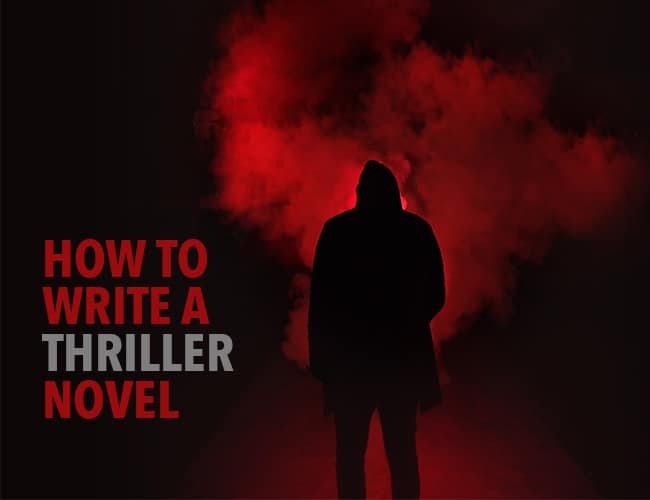
Genre Nuances: Mystery, Thriller, and Memoir
Writers often choose genres that align with their personal interests and narrative strengths. Two popular genres that thrive on tension and intricate plotting are mystery and thriller, while memoirs offer a deeply personal exploration of life’s experiences.
Mystery and Thriller:
Mystery writing is an invitation to weave intricate puzzles where the reader is both participant and detective. It requires precise control of information—releasing clues slowly and deliberately to maintain suspense. In contrast, thrillers demand high-octane pacing and a relentless drive forward. Think of it as a rollercoaster ride where conflict and tension build inexorably to a crescendo. Whether you’re writing a mystery or a thriller, the core ingredients are similar: conflict, pacing, and a twist that keeps your audience guessing. Yet, the execution must align with the genre’s expectations. While mysteries often relish in subtle revelations, thrillers capitalize on a rapid, almost visceral, unfolding of events.
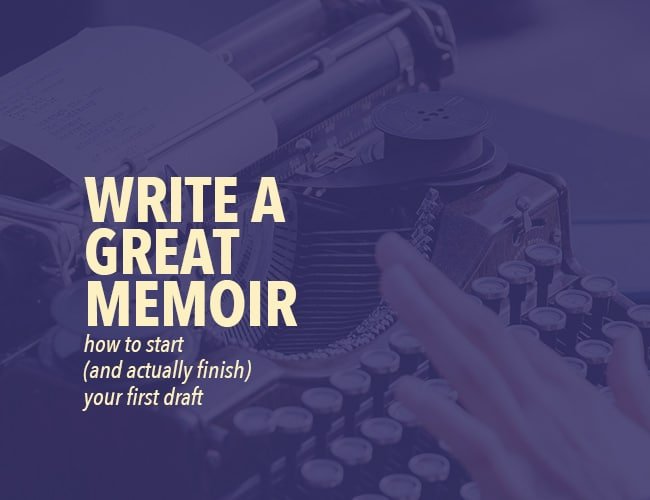
Memoir Writing:
Memoir is about capturing the essence of your personal journey—moments of vulnerability, triumph, and introspection. It’s not merely a chronological recount of events, but an exploration of what those experiences mean to you. A successful memoir is one that resonates on an emotional level. Begin by writing without restraint: let your memories flow raw and unfiltered, then refine them to capture the universal themes that make your story compelling. This process transforms personal history into narratives that readers not only understand but also deeply relate to.
Bringing It All Together
Mastering these elements is less about rigid formulas and more about understanding your own creative process. Whether it’s choosing a point of view that suits your narrative, evolving your manuscript through multiple drafts, or tailoring your approach to different genres, the journey of writing is inherently iterative. There is no “one-size-fits-all” method. Instead, every writer must experiment, make mistakes, and learn what works best for their unique voice and vision.
The art of writing is a continuous evolution—from the spark of an initial idea to the polished product that reaches your readers. And while the path is fraught with challenges—from mastering POV consistency to navigating the murky waters of drafts and genre conventions—the rewards are immense. When done right, your work not only speaks to its immediate audience but stands as a testament to your commitment and craft.
So, embrace the journey. Let your words evolve, learn from each draft, and relish the process of discovering the story you were always meant to tell. In doing so, you build not only a manuscript but a bridge to your readers’ hearts—one word, one page, and one perspective at a time.
